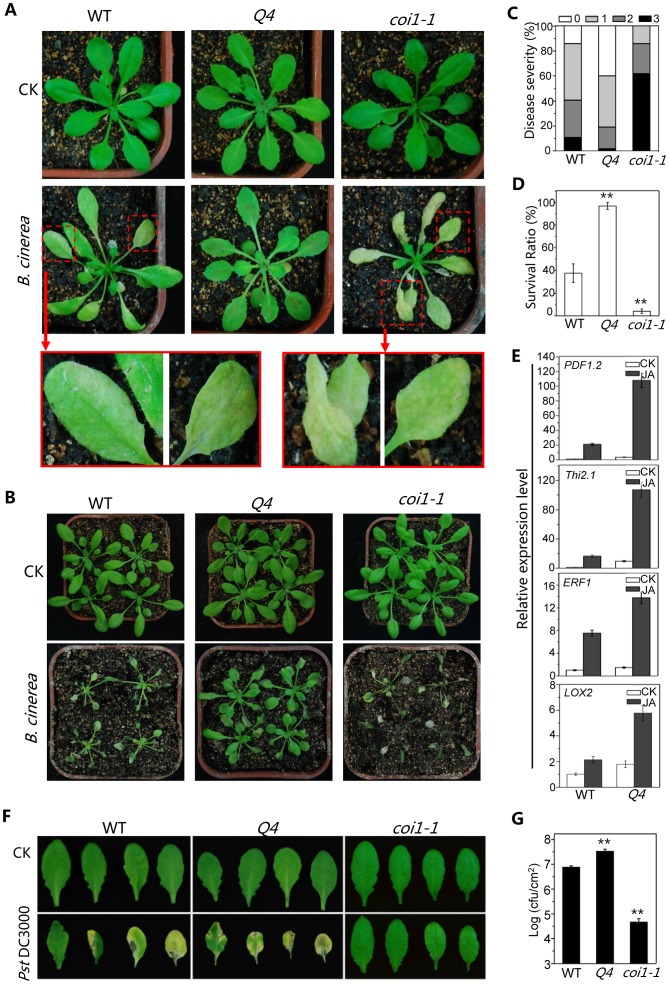Figure 5. The bHLH subgroup IIId factors negatively regulate JA-mediated plant defense.
(A) Disease symptoms of WT, the quadruple mutant (Q4) and the coi1-1 mutant five days after spray inoculation with Botrytis cinerea or mock (CK) in the growth condition with ∼40% humidity. The enlarged leaves indicate obvious disease symptoms in WT, and severe disease symptoms in coi1-1. (B) Disease symptoms of WT, the quadruple mutant (Q4) and coi1-1 mutant seven days after spray inoculation with B. cinerea or mock (CK) in the growth condition with high humidity (>90%). (C) Disease severity of the plants in (A) seven days after spray inoculation with B. cinerea. Disease rating was represented as no visible (0, white), weak (1, light grey), severe symptoms (2, grey), and completely dead plants (3, dark). Experiments were repeated three times with similar results. (D) Survival ratio of the plants in (B) nine days after spray inoculation. Error bars represents SE. Asterisks denote Student's t-test significance compared with WT plants: **, P<0.01. (E) Quantitative real-time PCR analysis of expression levels of PDF1.2, Thi2.1, ERF1 and LOX2 in WT and Q4 germinated and grown on MS medium supplied without (CK) or with 5 µM MeJA (JA) for 11 days. ACTIN8 was used as the internal control. (F) Disease symptoms on leaves of WT, Q4 and coi1-1 mutant three days after spray inoculation with Pseudomonas syringae pv. tomato (Pst) DC3000. (G) Growth of Pst DC3000 on WT, Q4 and coi1-1 mutant plants three days after spray inoculation as in (F). Bacterial counts are expressed as log (cfu/cm2). Error bars represent SE. The results are representative of three independent biological experiments. Asterisks represent Student's t-test significance compared with WT plants: **, P<0.01.

